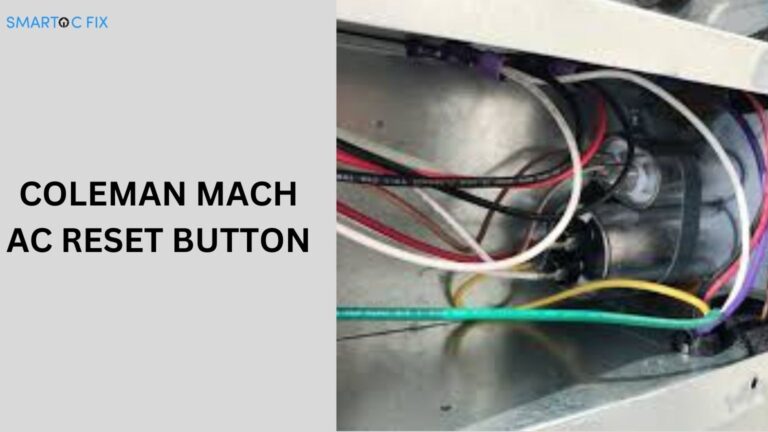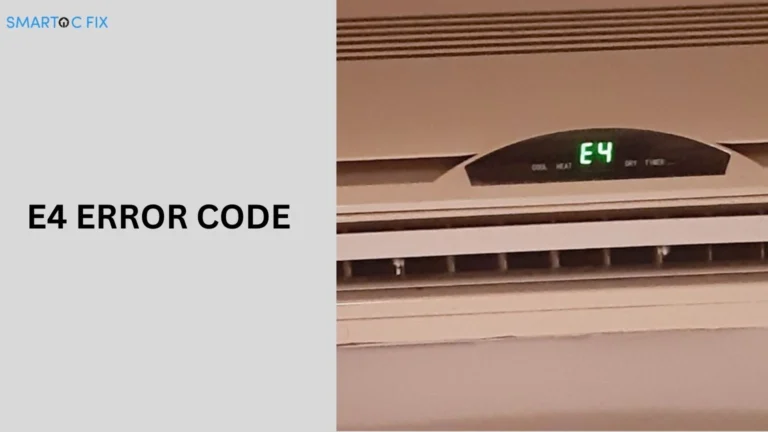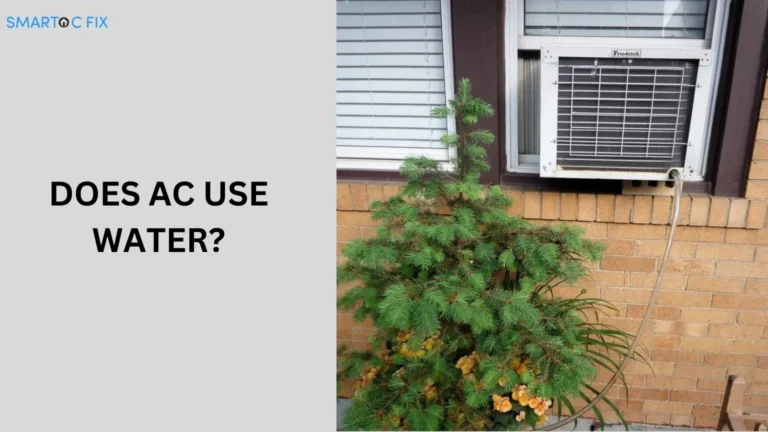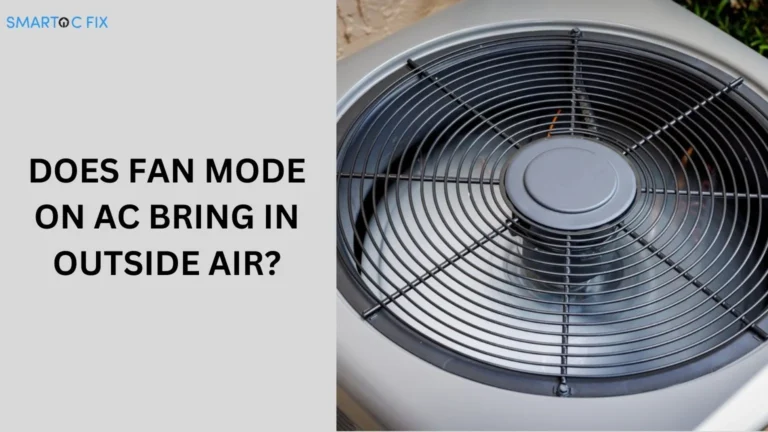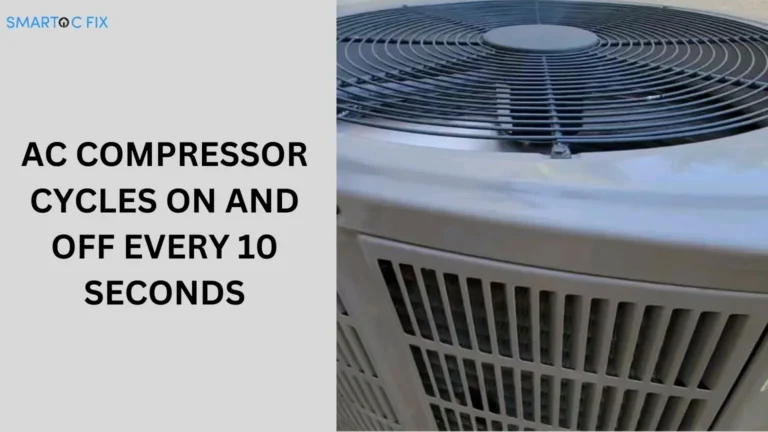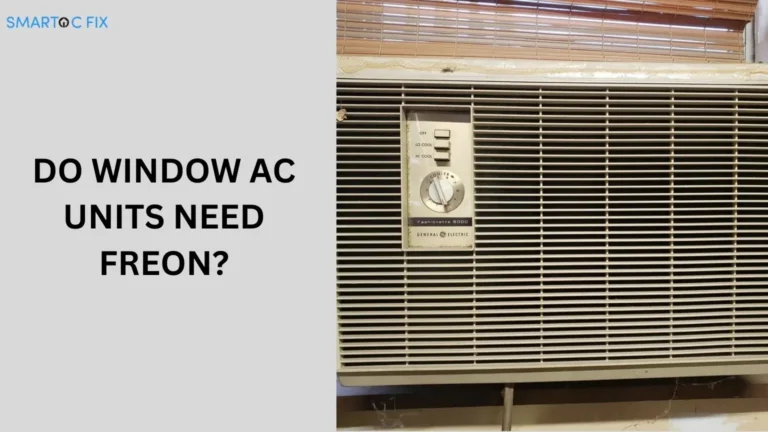What is BTU DOE? Understanding the Basics
When it comes to heating, ventilation, and air conditioning (HVAC), the term BTU DOE often comes up. But what does it actually mean?
What is BTU DOE? In this article, we’ll break down the concept of BTU DOE, its significance, and how it impacts your energy consumption and comfort at home.
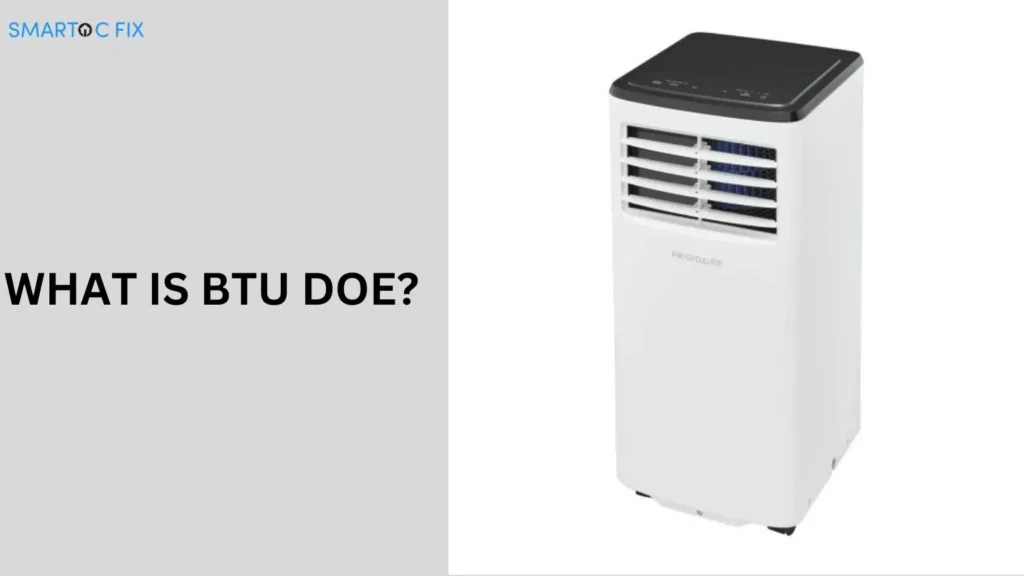
What is BTU?
BTU, or British Thermal Unit, is a measurement of energy that quantifies the amount of heat required to raise the temperature of one pound of water by one degree Fahrenheit.
It’s commonly used in heating, cooling, and energy sectors to gauge the energy output of appliances like furnaces, air conditioners, and water heaters.
Definition of BTU
BTU, or British Thermal Unit, is a unit of measurement for energy. It represents the amount of heat required to raise the temperature of one pound of water by one degree Fahrenheit.
In HVAC terms, BTUs help us understand how much heating or cooling power an appliance can provide.
Importance of BTU in HVAC Systems
Understanding BTUs is crucial when selecting HVAC systems. The higher the BTU rating, the more powerful the unit, meaning it can heat or cool a larger space effectively. This ensures comfort while optimizing energy usage.
What is DOE?
DOE stands for the Department of Energy, which is a U.S. government agency responsible for formulating and implementing energy policies. Established in 1977, the DOE plays a crucial role in overseeing the nation’s energy resources and ensuring efficient energy use.
Definition of DOE
DOE stands for the Department of Energy, a U.S. government agency responsible for shaping energy policies and regulations.
The DOE plays a significant role in establishing efficiency standards for various appliances, including HVAC systems.
DOE’s Impact on Energy Efficiency
The DOE sets guidelines to help consumers make informed choices about energy-efficient products. These standards not only help save on energy bills but also reduce the environmental impact of energy consumption.
What is BTU DOE?
BTU DOE refers to the energy efficiency standards established by the Department of Energy (DOE) for heating and cooling appliances, expressed in British Thermal Units (BTUs). Here’s a breakdown of what it means:
The Connection Between BTU and DOE
BTU DOE refers to the energy efficiency standards set by the Department of Energy for heating and cooling systems.
These standards indicate the minimum BTU output required for appliances to be considered energy efficient.
Why BTU DOE Matters
- Energy Savings: Understanding BTU DOE helps homeowners choose appliances that use less energy while still providing adequate heating or cooling.
- Environmental Impact: Energy-efficient appliances reduce overall energy consumption, contributing to a smaller carbon footprint.
- Regulatory Compliance: Knowledge of BTU DOE standards ensures that HVAC systems comply with federal regulations, promoting safety and efficiency.
How to Calculate BTU Needs for Your Home?
Calculating the BTU needs for your home is essential for selecting the right heating or cooling system. Here’s a step-by-step guide to help you determine the BTU requirements based on your space:
Factors to Consider
When determining the BTU requirements for your space, consider:
- Room Size: Measure the area in square feet.
- Insulation Quality: Well-insulated homes require fewer BTUs.
- Climate Zone: Different regions have varying heating and cooling needs.
- Number of Windows: More windows can increase heat loss or gain.
Using a BTU Calculator
To accurately assess your BTU needs, you can use online BTU calculators, which take into account all the factors mentioned above. This tool can help you select an HVAC system that meets the BTU DOE standards effectively.
People also ask
What’s the difference between BTU and BTU Doe?
The main difference between BTU and BTU DOE lies in their definitions and applications:
BTU (British Thermal Unit): This is a unit of energy measurement that indicates the amount of heat required to raise the temperature of one pound of water by one degree Fahrenheit. It’s used to measure the heating or cooling capacity of appliances.
BTU DOE: This refers to the energy efficiency standards for heating and cooling appliances set by the Department of Energy (DOE). It specifies the minimum BTU output required for appliances to be considered energy-efficient, helping consumers make informed choices about energy use.
What does 12000 BTU doe mean?
12,000 BTU DOE indicates that an appliance can provide 12,000 British Thermal Units of heating or cooling per hour, meeting the energy efficiency standards set by the Department of Energy (DOE).
It’s suitable for spaces around 500 to 1,000 square feet, depending on factors like insulation.
What is the difference between BTU and BTU Sacc?
The difference between BTU and BTU SACC lies in their definitions and applications:
BTU (British Thermal Unit): A unit of energy that measures the heat required to raise the temperature of one pound of water by one degree Fahrenheit. It indicates the heating or cooling capacity of an appliance.
BTU SACC (Seasonal Average Cooling Capacity): A measurement that reflects the average cooling capacity of an air conditioning unit over an entire cooling season. It provides a more realistic assessment of an appliance’s efficiency in real-world conditions, taking into account variations in temperature and humidity.
What is the difference between BTU and BTU HR?
BTU (British Thermal Unit): A unit of energy that quantifies heat; it does not specify a time frame.
BTU/hr (British Thermal Units per hour): A rate of energy transfer, indicating how many BTUs are produced or consumed by a system in one hour. It is commonly used to describe the heating or cooling capacity of HVAC systems.
Conclusion
In Conclusion, Understanding what is BTU DOE is essential for making informed decisions about your HVAC system.
By considering BTU ratings and DOE standards, you can optimize your home’s energy efficiency, reduce costs, and enhance comfort.
Always consult with a professional to ensure that your heating and cooling solutions meet your specific needs while adhering to the latest regulations.
